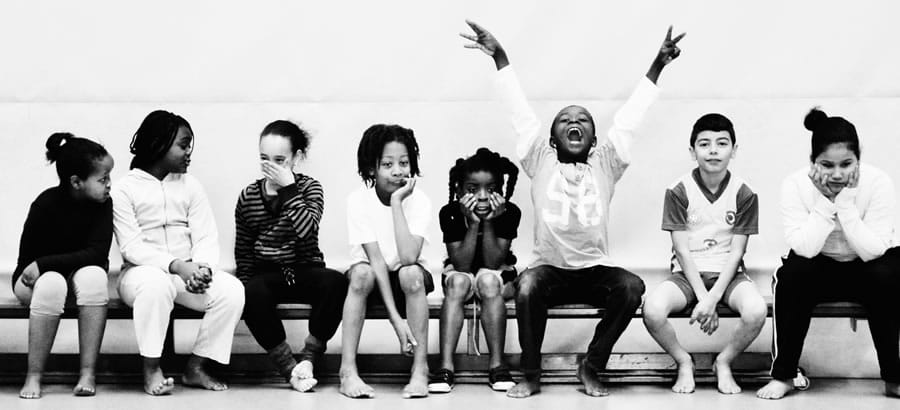
Key self-determination issues in Canadian child welfare services essay
In Canada, aboriginal peoples began to form their child welfare agencies in the 1970s, and today, the movement directed on self-government practices continues. However, they still face a large number of challenges. According to the National Collaboration Center for Aboriginal Health, “most disturbing is evidence that another “scoop” of Aboriginal children appears to be underway, driven by systemic disadvantages in Aboriginal communities coupled with the drastic under-funding of First Nations child welfare agencies by the federal government (Child Welfare Services in Canada: Aboriginal and Mainstream, 2010).
Actually, decolonization caused the further efforts aimed to develop the strength of the native culture. Decolonization in Canada “requires the transfer of autonomy and control of mandated child welfare services for native people to native people”(McKenzie & Hudson, 1985, p. 134). As a result, in various regions of Canada, special movement aimed towards native-controlled child welfare systems emerged. There are three major models of child welfare service delivery.
The first model involves hiring and training decentralized native workers by existing welfare service agencies to deliver “more culturally relevant services” to native children (McKenzie & Hudson, 1985, p. 134). One of the examples is the Preventive Services Project established in Ontario.
The second model is represented by the emergence of the movement aimed at community-based delivery of non-statutory services to native people. Thus, community based agencies provide various child welfare services, including fostering home funding, supervision practices, homemaker services, as well as supporting counseling practices. Some of the examples include “programs at Ford Alexander Reserve in Manitoba, Sandy Bay in Saskatchewan and at Vanderhoof in British Columbia” (McKenzie & Hudson, 1985, p. 135). In most regions, special committees have been formed at the local level to control program’s application and provide support.
The third model is focused on full community control of all child welfare services. This model is a new one. One of the examples of this model application is the activity initiated by the Spallumcheen Band in British Columbia that adopted a “by-law through which they assumed total jurisdiction over child welfare services on their reserve” (McKenzie & Hudson, 1985, p. 135). The Spallumcheen First Nation in B.C. was established in the early 1980s. In general, today there are about 125 First Nations child welfare agencies in Canada, which include both fully mandated agencies and agencies that provide partial support services. Aboriginal agencies help to build a new relationship based on self-determination (National Collaboration Center for Aboriginal Health, 2010).
Conclusion
Thus, it is necessary to conclude that aboriginal agencies play a significant role in the delivery of child welfare services to the aboriginal children of Canada. As the aboriginal people have been maintained as the colonized population in Canada, they faced certain challenges in their development, including subjection to alien subjugation, domination and even exploitation. Due to emergence of aboriginal agencies that are focused on the delivery of child welfare services, the aboriginal people in Canada have got more opportunities to avoid political, economic and cultural oppression. In the 20-th century, the child welfare system was removed from the aboriginal communities and provided services mostly by non-native social workers. The residential schools system removed thousands of Aboriginal children from their families and communities over several generations with the aim of assimilation. Today, it is obvious that there is a progress towards self-determination of aboriginal people in Canada that established effective child welfare models on the delivery of services to aboriginal children. Many aboriginal agencies provide effective child welfare services, placing emphasis on the cultural values and the caring responsibilities of the community.

